When Nikon released the Df full-frame DSLR back in 2013, it looked like a one-off product whose main purpose was to pay homage to the company’s successful legacy of film cameras. The marketing was meticulously organized with 5 short films released at weekly intervals that progressively unveiled more details of the camera before the official reveal, creating quite the hype at the time.
Then in 2021, Nikon released the Zfc, a smaller APS-C mirrorless camera that housed the same tech as the Z50. It didn’t have the same impact as the iconic Df, but it probably has found decent success because in 2023, the full-frame Zf arrives. Same look, but much different tech inside. Let’s see how they compare!
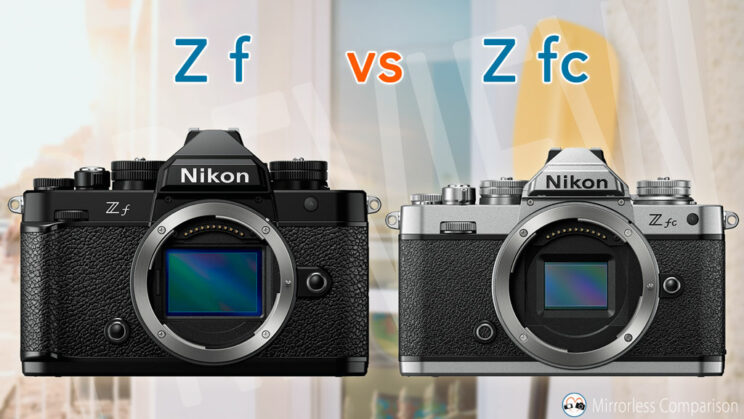
Ethics statement: the following is based on official specs. We were not asked to write anything about this product, nor were we provided any compensation of any kind. Within the article, there are affiliate links. If you buy something after clicking one of these links, we will receive a small commission. To know more about our ethics, you can visit our full disclosure page. Thank you!
1. Sensor
The Zf comes with a full-frame sensor (35mm format, or FX as Nikon calls it) and 24.5MP. It is also equipped with a faster image processor, the EXPEED 7, which is the same as found in the Z8 and Z9.
The Zfc features a smaller 20.9MP APS-C sensor (DX in Nikon terminology).
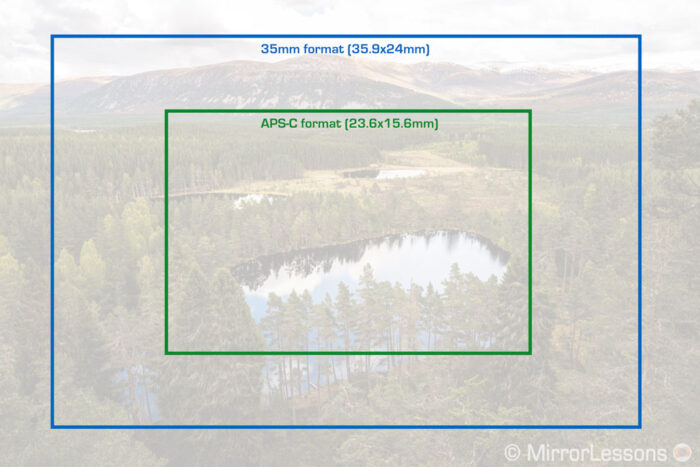
The ISO levels are mostly the same, with the exception of the highest value in the normal range and the lowest value in the extended range.
Photo
Normal range
Extended range
Zf
100 – 64,000
50 – 204,800
Zfc
100 – 51,200
204,800
When recording video, the range is smaller, especially concerning the DX model.
Video
Normal range
Extended range
Zf
100 – 51,200
204,800
Zfc
100 – 25,600
n. a.
The Zf shoots 14-bit NEF files (RAW) with a choice of Lossless Compressed or the new High-Efficiency compression. The Zfc works with Lossless Compressed RAW only, but you can choose between 12-bit and 14-bit.
Additionally, the Zf can capture HEIF (HDR) files.
2. Autofocus
Both cameras feature a hybrid autofocus system with contrast and phase detection points that cover 90% of the sensor area. The Zf uses a maximum of 273 points, while the Zfc employs 209 points.
The Zf features a more sophisticated subject detection software, capable of recognizing people, animals, birds, cars, motorcycles, trains, and planes.
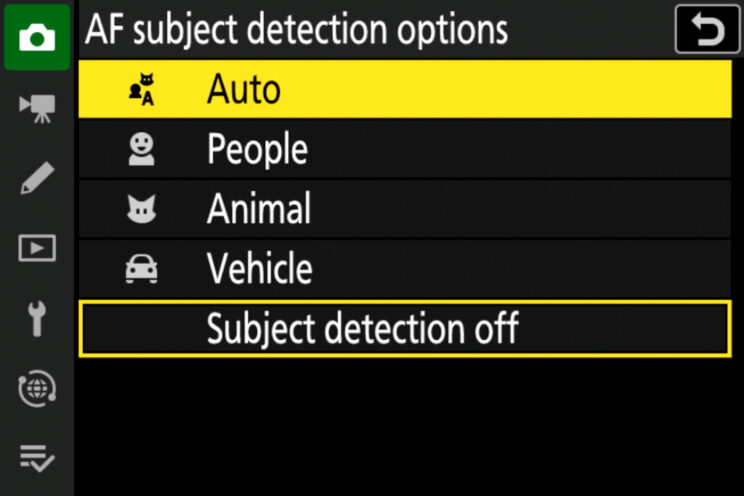
The Zfc can detect the face and eye of humans, as well as the eyes of cats and dogs.
The full-frame camera excels in low light conditions, boasting an impressive rating of -10 stops, measured at f/1.2 and ISO 100.
The DX model has a minimum sensitivity of -3EV, which becomes -4.5EV when activating the Low Light AF mode. Please note that the latter only works in S-AF.
The rating for the Zfc is measured at f/2, so the equivalent at f/1.2 would be -4.5EV and -6EV (Low Light AF), respectively.
3. Shutter and Continuous Shooting
Both cameras offer three shutter modes: mechanical shutter, electronic front-curtain shutter (EFCS), or full electronic shutter (referred to as ‘Silent Photography’ in the settings).
The Zf features a maximum shutter speed of 1/8000s, one stop faster than the 1/4000s on the Zfc.
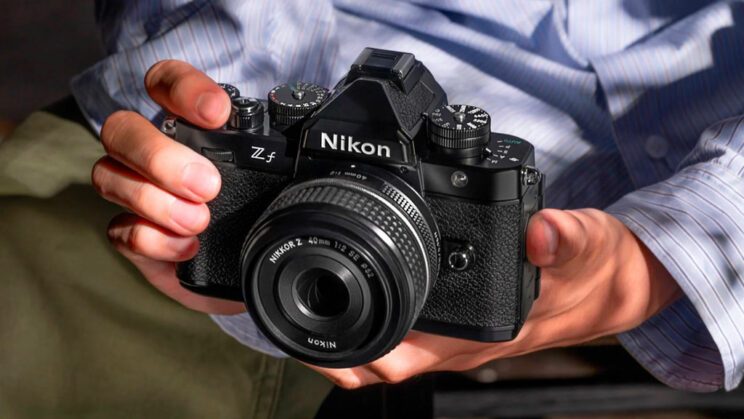
When using the mechanical shutter, the full-frame camera can achieve a maximum of 14fps (RAW or JPG), and it can reach 30fps with the electronic shutter (JPG only).
In comparison, the APS-C model can shoot at a maximum of 11fps (RAW or JPG).
4. Stabilisation Mechanism
The Zf is equipped with 5-axis image stabilization and boasts the highest rating ever seen on a Nikon model, with 8 stops of compensation according to CIPA standards.
One reason for this high rating is that the camera uses the AF area as the reference point for stabilizing the image, rather than the center of the frame. In Nikon’s words, this approach produces superior results when the focus area is away from the center, especially when working with short focal lengths.
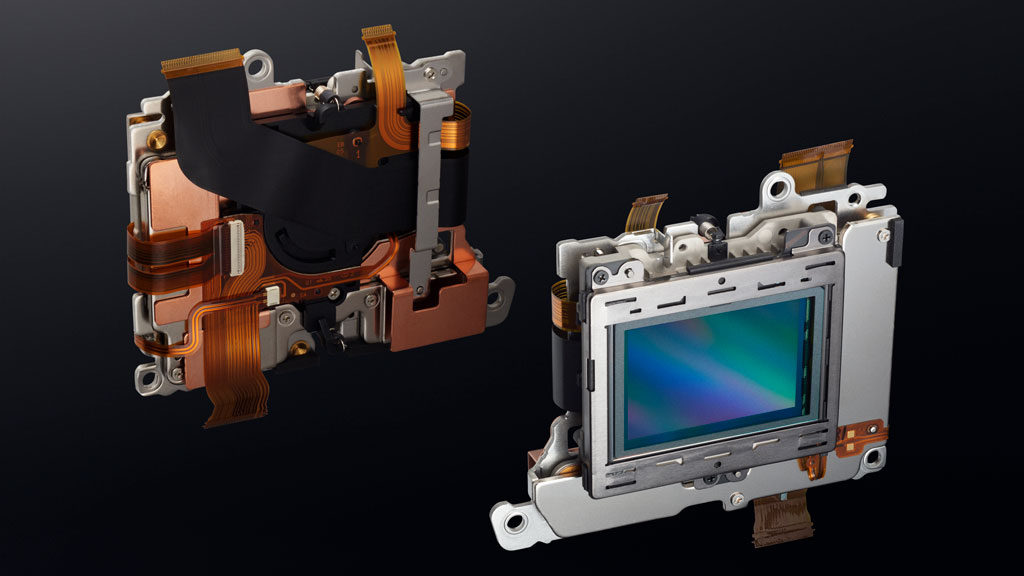
In contrast, the Zfc lacks in-body stabilization, so you must rely on lenses with VR technology (optical stabilization). Both products offer an Electronic Stabilisation option for video.
The FX camera utilizes the sensor shift mechanism for another function – Pixel Shift Multi Shot, a first for a Nikon model. It can capture up to 32 images while slightly shifting the sensor between each frame, resulting in a 96MP photo when merged. This process also substantially reduces moiré and false colors. Please note that this function must be used on a tripod, and the Nikon NX Studio software is required to merge the images.
5. Movie Capabilities
Both cameras can record 4K up to 30p without a sensor crop, utilizing oversampling to ensure the highest quality.
The Zf extends its 4K capabilities up to 60p, but only in DX/APS-C mode (1.5x crop).
In Full HD, both cameras can record up to 120p, allowing for in-camera slow-motion clips.
The Zf caters to more advanced filmmakers with additional options, including internal recording in 10-bit, HLG, and N-Log curves.
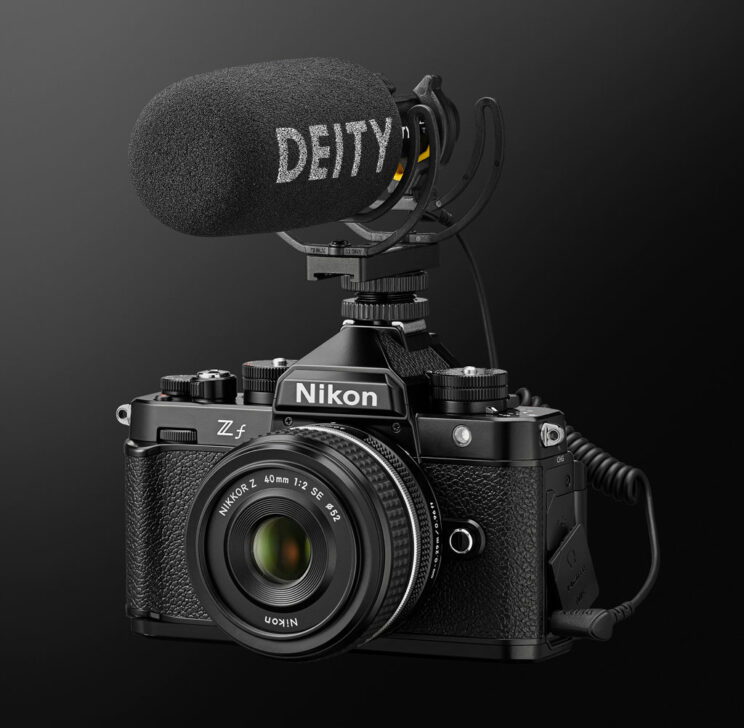
In contrast, the Zfc is limited to 8-bit internal recording and lacks Log or HLG profiles.
The full-frame camera can record continuously for approximately 125 minutes, as per Nikon’s internal testing, while the APS-C model is limited to 30 minutes per clip.
Additionally, the Zf features both a microphone input and a headphone output, whereas the Zfc offers a microphone input only. Both cameras come with a Micro HDMI output.
6. Monitor and Viewfinder
The Zf boasts a larger viewfinder with a 0.5-inch OLED panel, 3.68 million dots of resolution, a magnification of 0.8x, and an eyepoint of 21mm.
In contrast, the Zfc comes with a 0.39-inch EVF, 2.36 million dots, a magnification of 0.68x, and an eyepoint of 20mm.
Both cameras feature touch-sensitive vari-angle LCD monitors, with the Zf offering a slightly larger 3.2-inch screen with 2.1 million dots, while the Zfc has a 3.0-inch screen with 1.04 million dots.
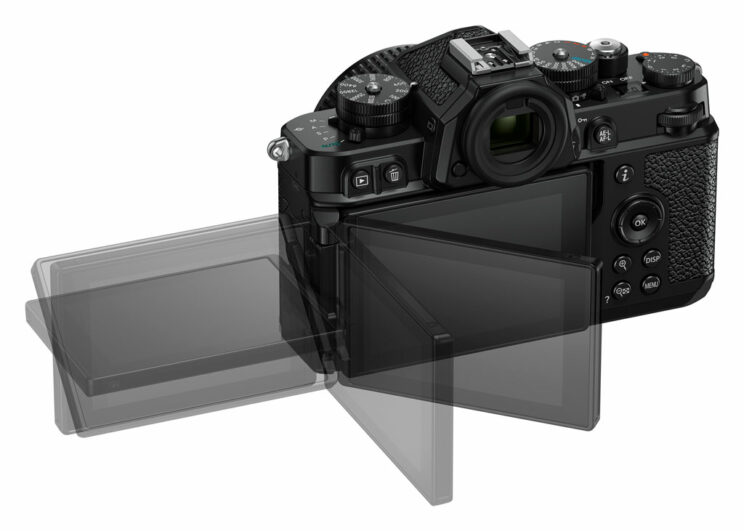
7. Design
The two cameras share the same design concept, inspired by Nikon’s old SLR film cameras. They are specifically crafted around the iconic FM2, which was launched in the 80s.
The Zf is the largest and heaviest of the two, but it is the only one sporting weather sealing.
- Zf: 144 x 103 x 49 mm, 710g
- Z fc: 134.5 x 93.5 x 43.5 mm, 445g
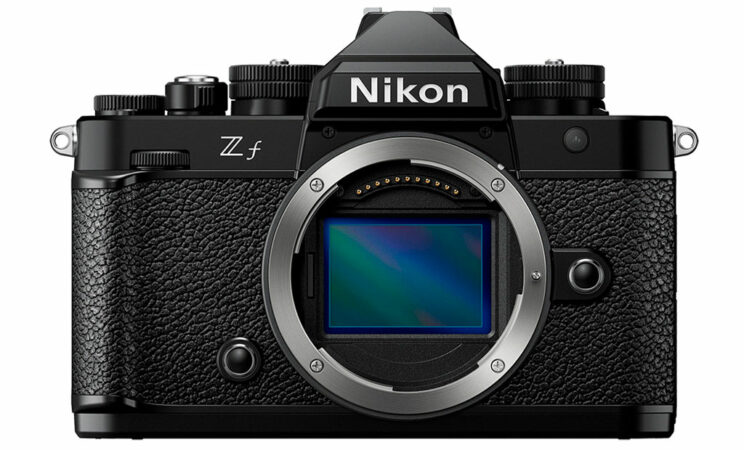
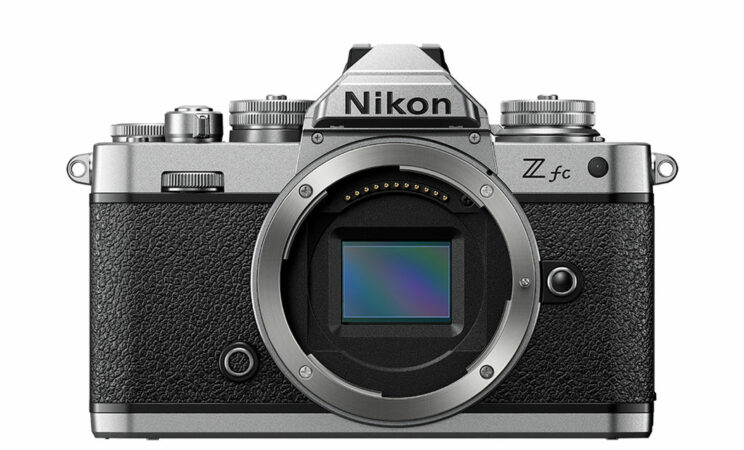
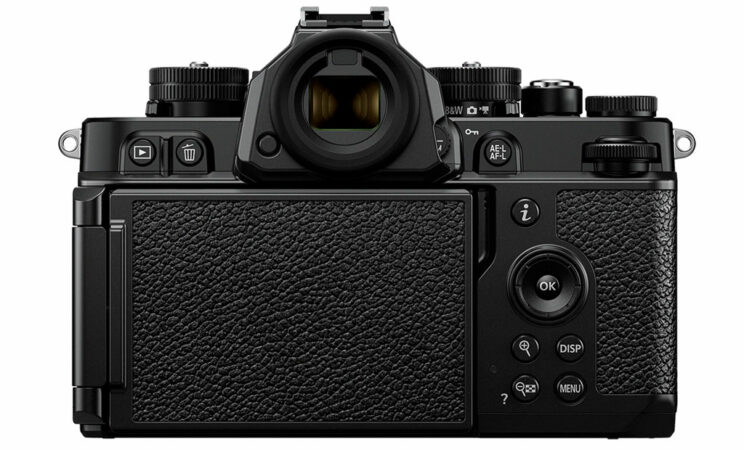
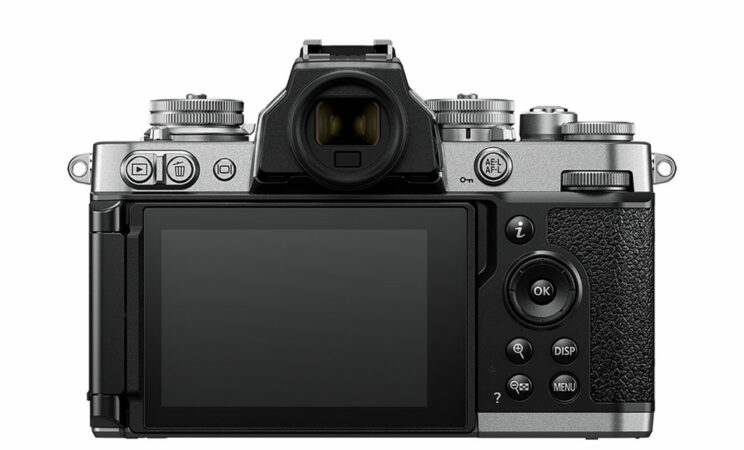

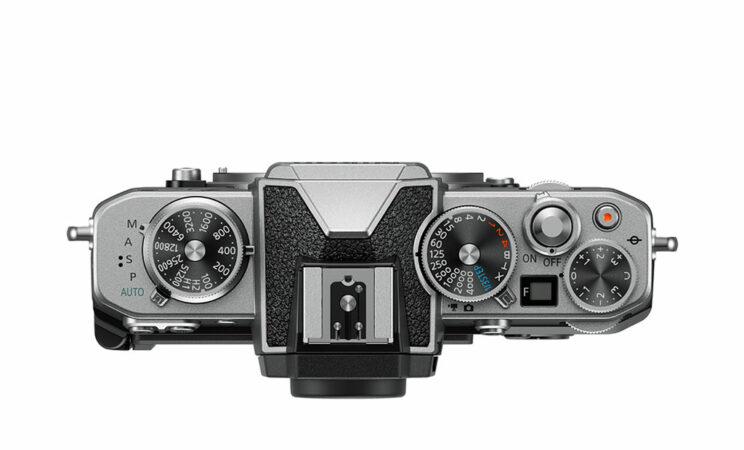
The button layout is identical and includes exposure dials on top (ISO, shutter speed, exposure compensation), along with an old-fashioned frame counter that, in this case, indicates the aperture value.
Both cameras are available in a variety of color variations, in case black or silver isn’t fashionable enough for you!
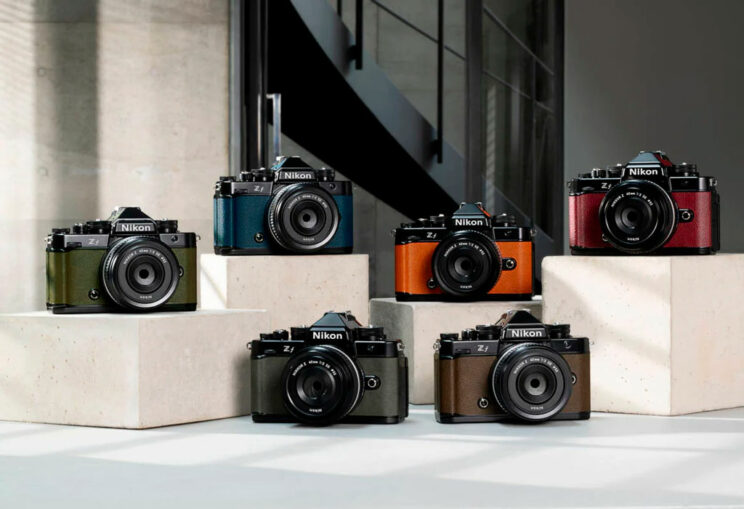
8. Cards and Battery
The Zf features two card slots – one for SD UHS-II cards and the other for Micro SD cards (UHS-I) – both located in the battery compartment.
On the other hand, the Zfc comes with a single SD card slot and is limited to the UHS-I standard.
The Zf uses the larger EN-EL15c battery, while the Zfc relies on the smaller EN-EL25.
Both cameras can be charged or powered via the USB-C socket using compatible power banks or wall adapters.
9. Monochrome Profiles
The Zf introduces two new Picture Control profiles, designed specifically for black and white enthusiasts: Flat Monochrome and Deep Tone Monochrome.
Nikon has also added a convenient B&W step to the photo/video lever, allowing you to instantly switch to the last monochrome profile you used without navigating through menus.
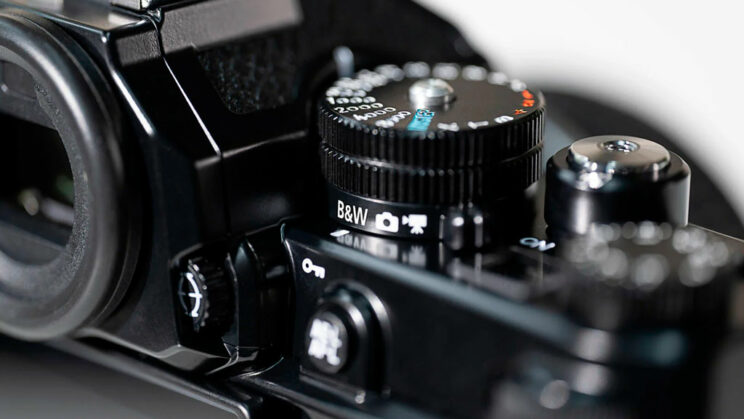
10. Price
The Zf is available at a retail price of $2000, £2300, or €2500 for the body only.
In contrast, the Zfc is much more affordable, priced at $1000 / £880 / €890 (body only).
These prices are as of September 2023.
Reminder: the links below are affiliate links. If you decided to buy something after clicking the link, we will receive a small commission.
Check the price of the Nikon Zf on
B&H Photo
Check price of the Nikon Z fc on
B&H Photo | eBay
Conclusion
The price and sensor size are the main things setting these two cameras apart, but while the Zf is more expensive, it’s also undeniable that it is much better equipped: you get built-in stabilisation, the pixel shift multi shot mode with 96MP output, 10-bit internal video recording, a more advanced autofocus system, a larger viewfinder and a weather sealed body, and the list goes on.
There is also a wider selection of full-frame lenses for Nikon’s Z mount. While it is true that you can use FX lenses on the Zfc, the price and size can increase depending on your preferences. The good news is that Nikon has opened the lens mount to third parties, resulting in more options becoming available. For example, Sigma has already released its excellent APS-C trio (16mm F1.4, 30mm F1.4, and 56mm F1.4) for the Z-mount.
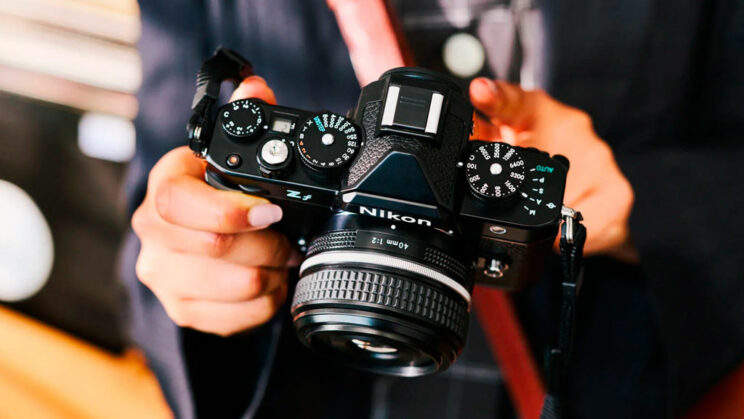
If you’re simply keen on the retro design, the Zfc is a good option that won’t break the bank, and is equipped with a good sensor and good AF performance. But if you want a more advanced workhorse, the Zf is what you are looking for.
Reminder: the links below are affiliate links. If you decided to buy something after clicking the link, we will receive a small commission.
Check the price of the Nikon Zf on
B&H Photo
